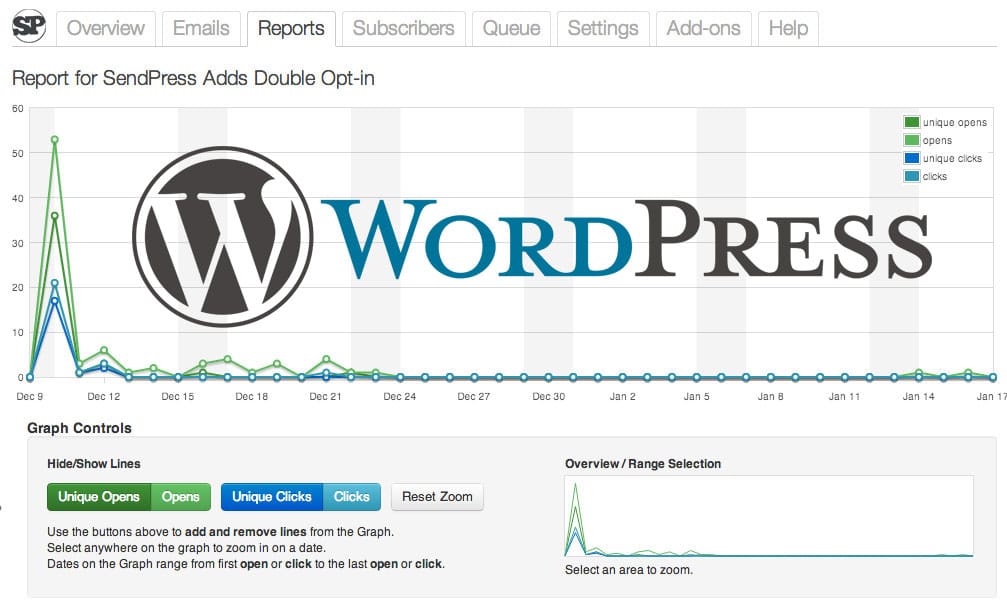With the power of the Web, and more eyes watching than ever, it is important for a business to communicate its unique message clearly. The easiest way to identify a company and discriminate it from others is by its logo. Below, we go through common logo design mistakes that you should avoid if you want to create a successful and professional logo.
Amateur Logo Design
A professional business should look professional. New business owners often invest a lot of time and money in property and equipment, but do not often match it by investing suitably in their logo.
Here are the most common reasons why many logos look amateurish:
- The business owner wanted to save money by designing the logo quickly themselves.
- A friend or relative who claims to know a little about graphic design does it as a favor.
- The wrong people are commissioned. (Local printers are not likely proficient in logo design.)
- The business outsourced the job via one of several design competition websites, which are mostly populated by amateur designers.
- The job was given to an online company that offers really cheap logos.
Relies On Trends
Trends (whether swooshes, glows or bevels) come and go and ultimately turn into clichés. A well-designed logo should be timeless, and this can be achieved by ignoring the latest design tricks and gimmicks. The biggest cliché in logo design is the dreaded “corporate swoosh,” which is the ultimate way to play it safe. As a logo designer, your job is to create a unique identity for your client, so completely ignoring logo design trends is best.
Use of Raster Images
Standard practice when designing a logo is to use vector graphics software, such as Adobe Illustrator or Corel Draw. A vector graphic is made up of mathematically precise points, which ensures visual consistency across multiple sizes. The alternative, of course, is use to raster graphics software, such as Adobe Photoshop. A raster graphic — or bitmap, as it’s commonly called — consists of pixels.
Using raster images for logos is not advisable because it can cause problems with reproduction. While Photoshop is capable of creating very large logos, you never know for sure how large you will have to reproduce your logo at some point. If you zoom in enough on a raster graphic, it will appear pixilated, making it unusable. Maintaining visual consistency by making sure the logo looks the same in all sizes is essential.
The main advantages of vector graphics for logo design are:
- The logo can be scaled to any size without losing quality.
- Editing the logo later on is much easier.
- It can be adapted to other media more easily than a raster image
Contain Stock Art
This mistake is often made by business owners who design their own logo or by amateur designers who are not clued in to the laws on copyright. Downloading stock vector imagery from websites such as Vector stock is not a crime, but it could possibly get you in trouble if you incorporate it in a logo.
A logo should be unique and original and the licensing agreement should be exclusive to the client: using stock art breaks both of these rules. Chances are, if you are using a stock vector image, it is also being used by someone somewhere else in the world, so yours is no longer unique. You can pretty easily spot stock vectors in logos because they are usually familiar shapes, such as globes and silhouettes.
Design for yourself rather than the client
You can often spot this logo design sin a mile away; the cause is usually a designer’s enormous ego. If you have found a cool new font that you can’t wait to use in a design, well… don’t. Ask yourself if that font is truly appropriate for the business you’re designing for? For example, a great modern typographic font that you just love is not likely suited to a serious business such as a lawyer’s office.
Some designers also make the mistake of including a “trademark” in their work. While you should be proud of your work, imposing your personality onto a logo is wrong. Stay focused on the client’s requirements by sticking to the brief.
Logo Overlay Complex
You will notice the intricacies of your fingerprints only when looking at them really close up. As soon as you move away, those details are lost. The same holds true for highly detailed logo designs.
When printed in small sizes, a complex design will lose detail and in some cases will look like a smudge or, worse, a mistake. The more detail a logo has, the more information the viewer has to process. A logo should be memorable, and one of the best ways to make it memorable is to keep things simple. Look at the corporate identities of Nike, McDonald’s and Apple. Each company has a very simple icon that can easily be reproduced at any size.
Relies on colors for its effects
This is a very common mistake. Some designers cannot wait to add color to a design, and some rely on it completely. Choosing color should be your last decision, so starting your work in black and white is best.
Every business owner will need to display their logo in only one color at one time or another, so the designer should test to see whether this would affect the logo’s identity. If you use color to help distinguish certain elements in the design, then the logo will look completely different in one tone.


